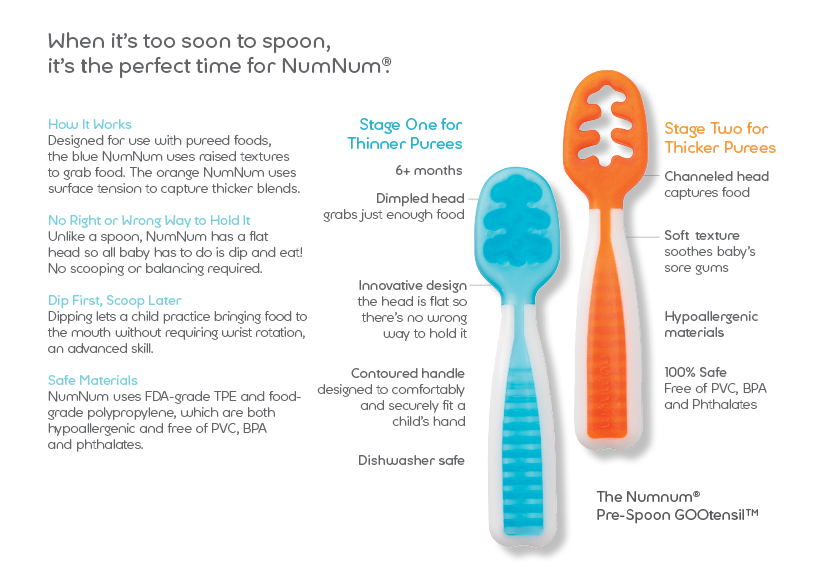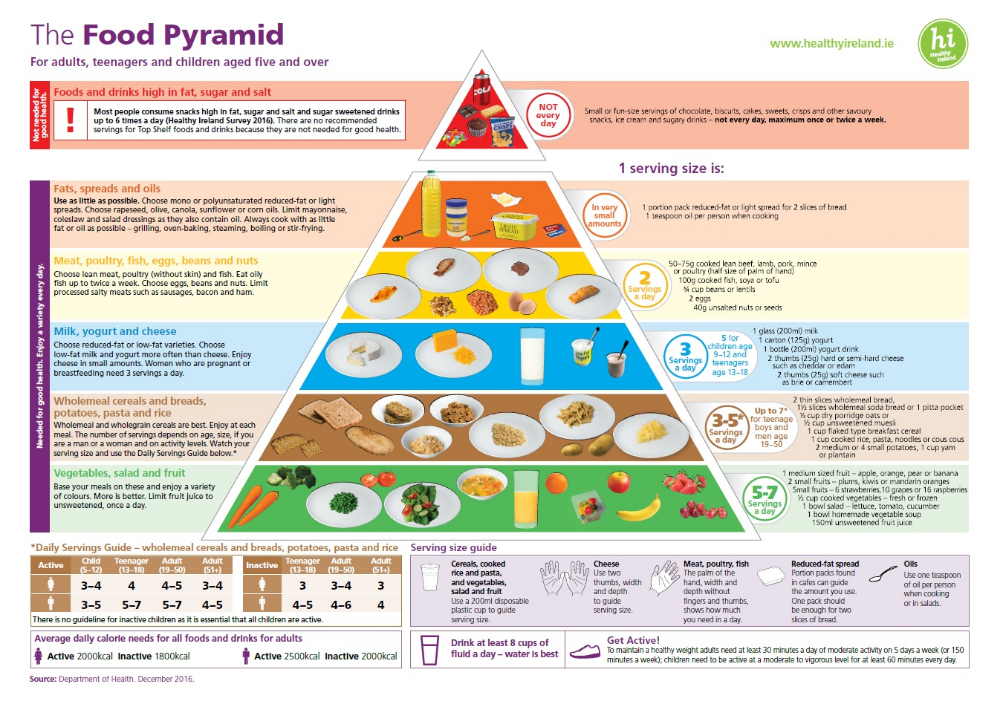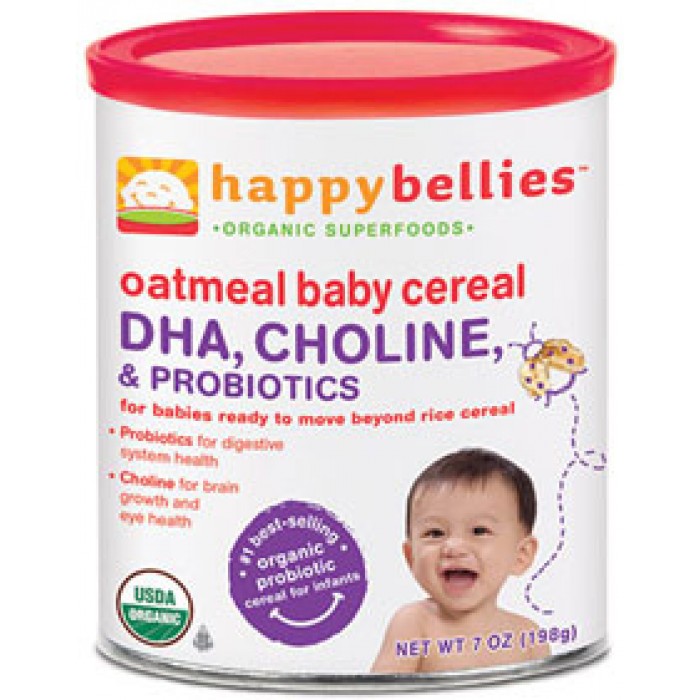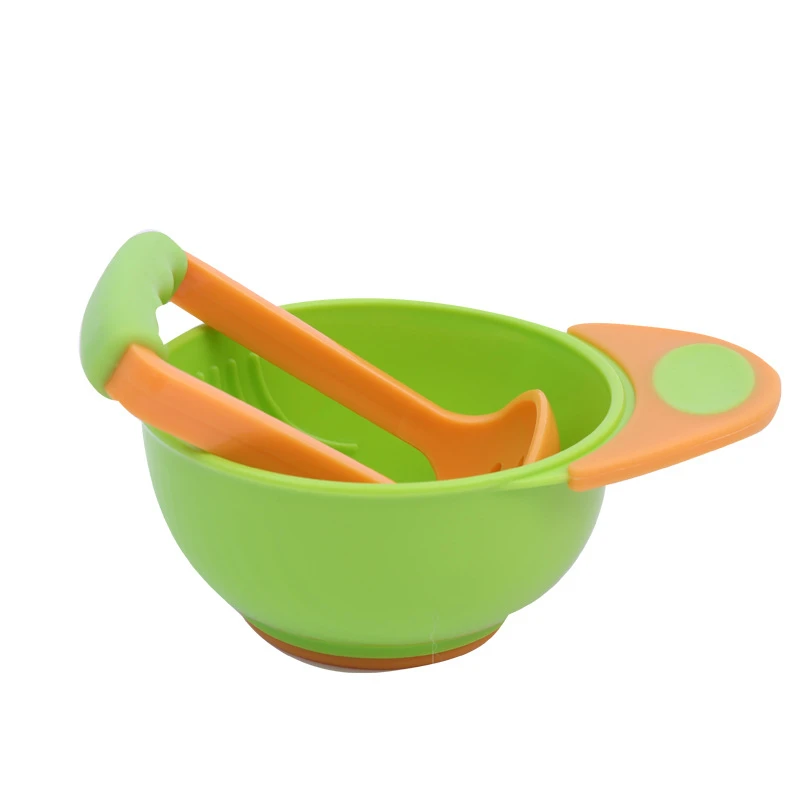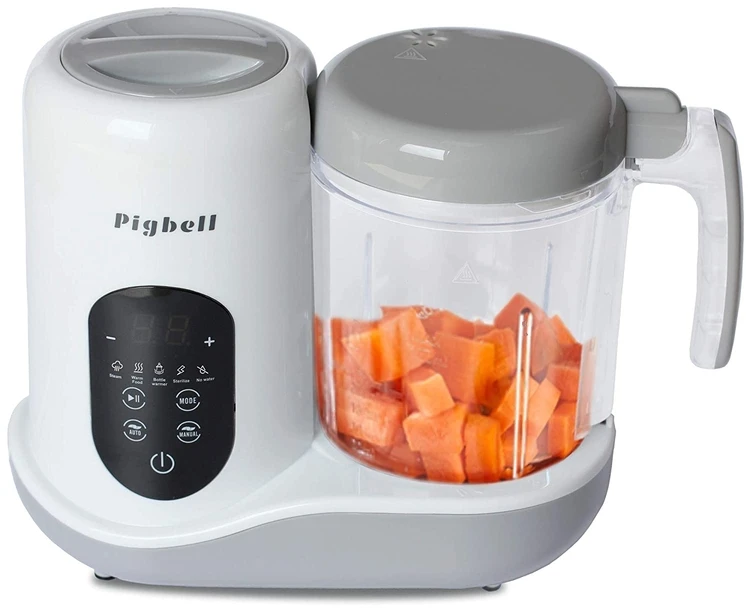Hand foods for baby
Best Finger Foods for Babies: The Ultimate Guide
How exciting that your baby is about to graduate from mushy foods to finger foods! This is a big step in your little one’s development. However, you may be wondering when’s the right time to start finger foods, and how to tell that your baby is ready. We’ll answer all these questions and more, plus give you a list of the best finger foods to introduce to your baby first.
Introducing Finger Foods to Your Baby
So, when can babies eat finger foods? You can start to give your baby finger foods around the time they’re able to sit up independently and can bring their hands to their mouth. This may happen between the ages of 8 months old and 9 months old, but your baby may be ready a little sooner or later than this time.
Around this time, you may also notice that your baby is developing their pincer grasp and may be making chewing motions. These are both great indications that your baby’s ready for finger foods. Moreover, using their fingers to pick up foods will further develop your baby’s fine motor skills.
Some parents who adopt the baby-led weaning approach may start offering finger foods to their infants as early as 6 months old. This method skips spoon-feeding with solid foods and instead lets your baby take the lead in self-feeding with finger foods. Some believe this approach can decrease fussiness when it comes to introducing new foods, including finger foods, to your baby. Speak to your child’s healthcare provider if this method is something you’d like to try.
Giving your baby finger foods can help your little one learn to feed themself, just one step toward gaining independence. Self-feeding can be great fun for your baby. Even if much of the food doesn’t end up in your baby’s mouth, the fact that they’re exploring this new frontier is an accomplishment to be proud of.
First Finger Foods for Your Baby
As you begin choosing finger foods for your baby, check out the following ideas:
Steamed veggies like sweet potatoes, potatoes, carrots, green beans, peas
Soft, ripe fruits like bananas, berries, peaches (peeled), mangoes (peeled)
Whole-grain breakfast cereals (without nuts, clusters, or chunks)
Whole-grain pasta (cooked well)
Whole-wheat bread
Whole-grain crackers or wafers like teething biscuits
Soft meats like chicken
Cheese (mild)
Scrambled eggs.

Be sure that any of the above finger foods are cut into small pieces. You don’t want your baby eating a piece that’s too big to swallow. And, make sure to watch them while eating.
Finger Food Safety
During this time babies are more likely to swallow foods without chewing them, whether they have a few baby teeth coming in or they have no teeth. Avoid giving any finger foods that require a grinding action to chew (this type of chewing is typically mastered around the age of 4), as these may pose a choking risk. Offer finger foods that are soft, easy to swallow, and broken or cut into pieces that your baby cannot choke on. A good rule of thumb is that soft and mushy finger foods are safe for your baby. Small, round, coin-shaped, hard, chewy, crunchy, slippery, or sticky foods may lead to choking. Here are some foods to avoid offering your baby when they start on finger foods:
Peanut butter (in chunks)
Meat (in chunks)
Cheese (in chunks)
Raw veggies (in large chunks or round shapes), including celery sticks, carrot sticks, baby carrots, cherry tomatoes, and peas
Raw hard fruit (in large chunks or round shapes), including apples, pears, and grapes
Nuts (whole)
Seeds
Popcorn
Chewing gum
Candies (hard, gooey, or sticky)
Hot dogs or meat sticks.
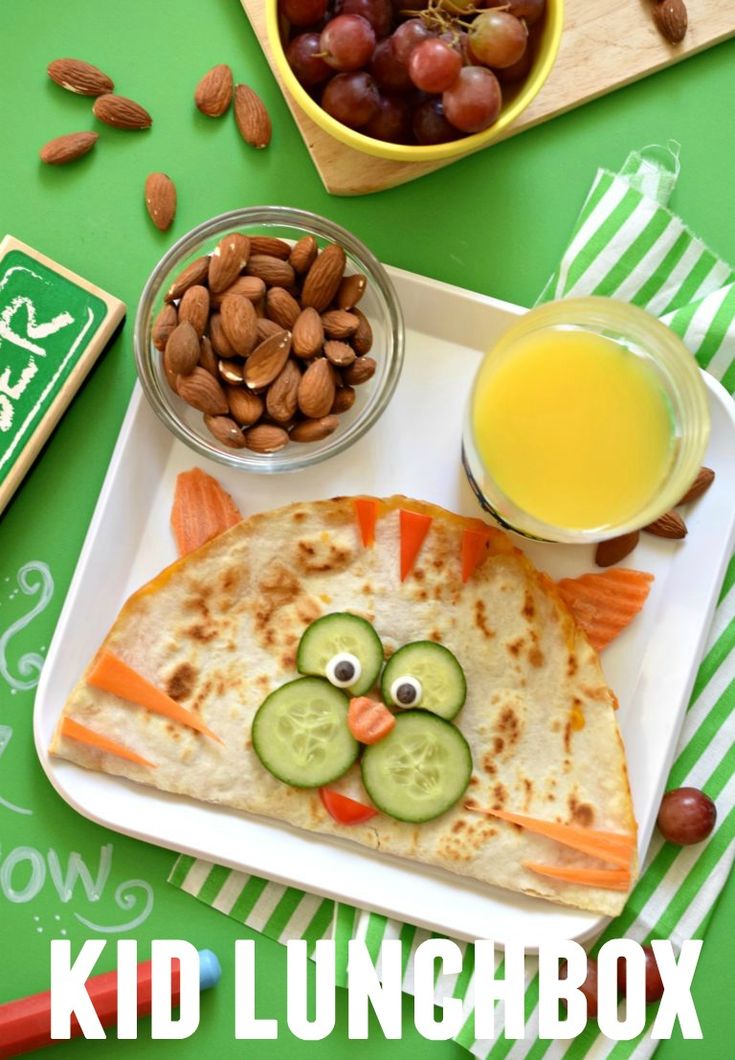
There are ways you can still give some of the above foods while making them easier to eat and less hazardous to swallow. For example:
Grapes or cherry tomatoes, cut in half
Creamy peanut butter spread thinly on whole-grain bread that’s cut into small squares
Hot dog, cut lengthwise and then cut into small 1/2-inch pieces.
Note on Food Allergies
Medical experts once recommended that parents avoid feeding their babies eggs, fish, and peanut butter since babies may be allergic to these foods. However, it’s now recommended that you introduce these foods early—while keeping a close watch for any reactions—since this approach can help reduce your child’s chances of developing food allergies. Before introducing peanut butter or peanut products, consult with your baby’s healthcare provider. Your baby is more likely to be allergic to these foods if
food allergies run in your family
your baby is known to have an egg allergy
your baby has eczema.

The Bottom Line
It’s time to introduce finger foods to your baby when you see that they’re able to sit up on their own, start bringing their hands to their mouth, and can use a pincer grasp to hold onto small items, like finger foods. This development happens around the age of 8 or 9 months old, but you may see it sooner or later in your baby.
In the beginning, you’ll want to introduce finger foods that are soft and easy to swallow, since babies at this age tend to swallow instead of chew even if they have a few baby teeth. Think steamed veggies and soft fresh fruits. You can also introduce whole-grain bread, crackers, cereal, or pasta if they’re cut into small pieces. Chicken, mild cheese, and scrambled eggs are also great options when served in small pieces.
Avoid hard foods like raw veggies and fruits, as well as chunks of nut butter, cheese, and meat. Whole nuts and seeds are not recommended, nor are chewing gum, candies, hot dogs, or meat sticks.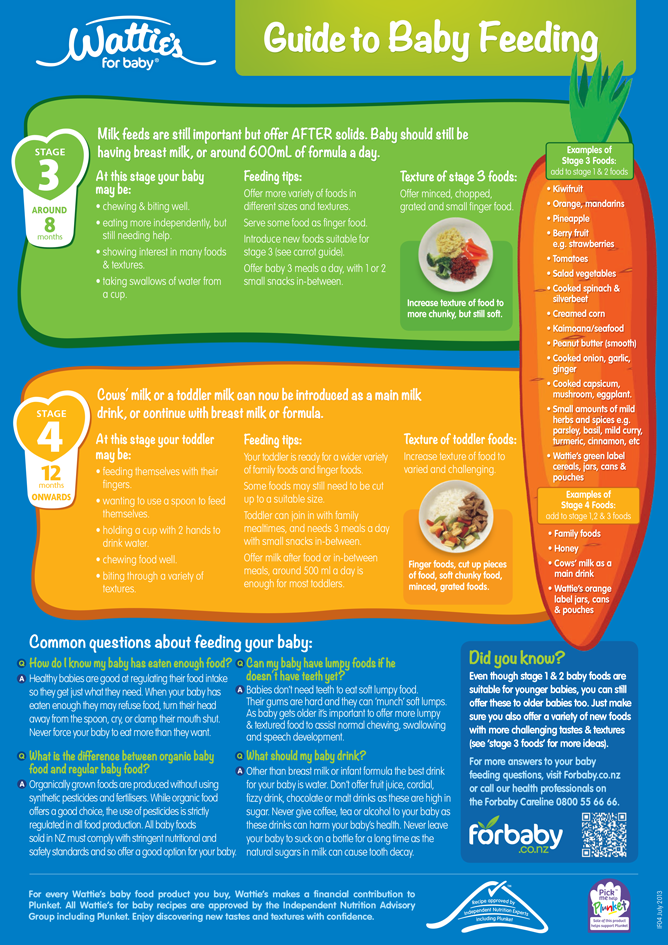 All these items can pose a choking hazard.
All these items can pose a choking hazard.
Transitioning to finger foods is a big step in your baby’s development and independence. Letting your baby self-feed with finger foods may be a bit messy at first, but you’ll both get the hang of it. Learn more about developmental milestones for your 9-month-old baby.
Best Early Finger Foods for Baby (With Tips, Visuals, and Recipes)
Use this list of safe, nutritious, and easy to eat finger foods for baby to help you know exactly what (and how) to offer at meals and snacks. Plus, find the best first finger foods, troubleshooting tips, and visuals of foods broken down by food group to keep things easy!
Finger Foods for Baby
After baby starts solids and is ready to move onto finger foods, you may feel a little confused by exactly what to serve and how to serve it. Which is totally normal because it can be scary to let baby feed themselves this way and we may not have any experience doing this—or we may have totally forgotten from our last kiddo!
This list of finger foods for baby will cover some great first finger foods to start with, then set you up with plenty of healthy options from each food group.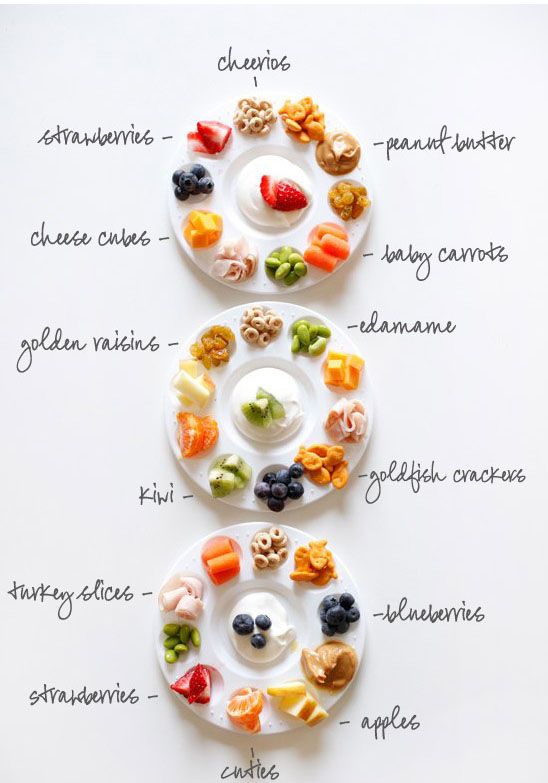
TIP: Find more info on starting solids here and the best foods to start with if doing baby led weaning or purees with baby.
Healthy Baby Food
I love sharing these ideas for baby food since they are easy to prepare and serve and because I know how hard it can be to continue to come up with flavorful and healthy meals and snacks for our little ones. Let me tell you, I’m on my third kiddo and it can be such a challenge to feed him during the chaos of parenting the rest of my crew! These foods are wholesome and nutritious—perfect for your baby.
TIP: I’m a big fan of SpoonfulONE, a company that offers the most complete way to introduce food allergens to our kids. They make mix-ins, puffs, and crackers that are yummy and easy for babies and toddlers to eat. Learn more about their pediatrician-approved baby foods here. (sponsored link)
Best First Finger Foods
When baby is around 9 months, you’ll notice that they’re able to pick up smaller pieces of food with two fingers. This is known as the “pincer grasp” and is a sign that they’re ready to start finger foods. To be clear, when I say “finger foods” I mean small pieces of food that a baby (or toddler) can feed themselves.
This is known as the “pincer grasp” and is a sign that they’re ready to start finger foods. To be clear, when I say “finger foods” I mean small pieces of food that a baby (or toddler) can feed themselves.
Here are some of my favorite ones to start with that are all super soft, safe to eat, and easy to pick up.
- Scrambled egg, broken up into small pieces
- Roasted sweet potato mashed and broken up into small pieces
- Fresh raspberries, broken up into smaller pieces
- Oatmeal, cooked according to package directions and allowed to cool
- Tofu, diced and sauteed lightly or steamed
- Ground beef, chicken, or turkey, broken up into small pieces or lightly mashed meatballs
- Shredded cheese or crumbled goat cheese
- Mashed sweet potato, in little pieces
- Peanut butter puffs
TIP: You can serve the tofu, ground meat, or meatballs in veggie puree from a pouch or a simple marinara sauce for extra moisture and flavor.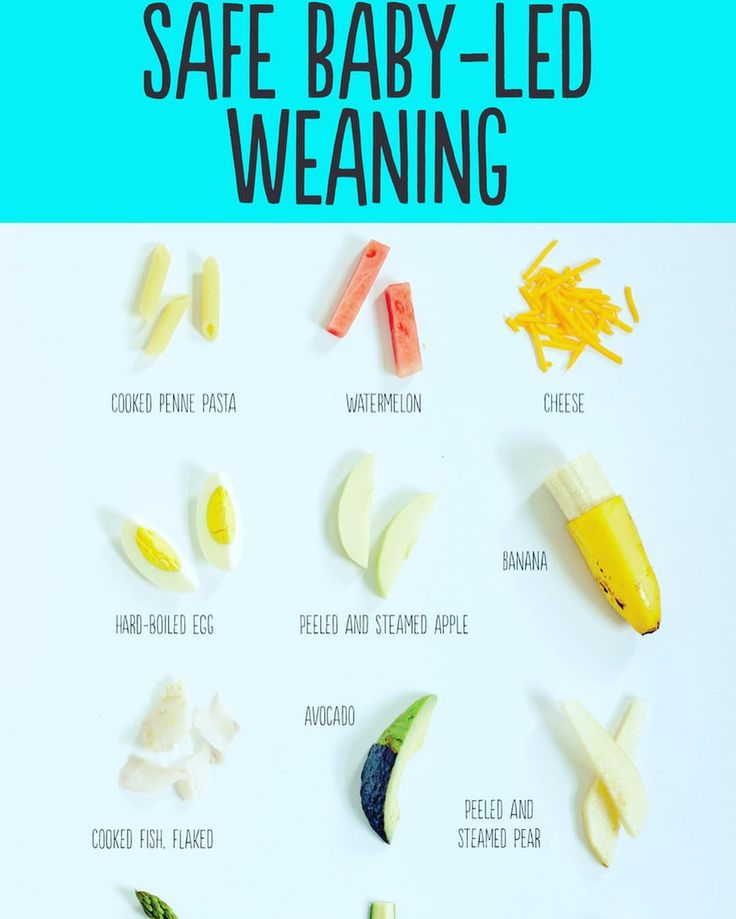 Learn more about how and why to introduce peanut butter.
Learn more about how and why to introduce peanut butter.
Finger Foods for Baby: Fruits and Veggies
Some of my favorite early fruits and veggies to serve babies are:
- Mashed roasted sweet potato, broken up into small pieces
- Warmed frozen peas, slightly mashed if desired
- Roasted Zucchini
- Diced Roasted Sweet Potato or Butternut Squash
- Fresh blueberries, cut in half or quarters
- Fresh raspberries, broken into small pieces
- Banana, broken into small segments (they are less slippery this way versus slicing them)
- Avocado, diced and mashed slightly (be sure it’s ripe and very soft)
TIP: A good rule of thumb is to serve pieces of food that are about the size of a pea to start and soft enough that they are easy to squish between your fingers. This will be easy for baby to pick up and eat and will also reduce chances of choking.
Finger Food Ideas: Carbohydrates
Offering complex carbohydrates can provide fiber, a variety of textures, B vitamins, and more. Try these with your baby.
Try these with your baby.
- Spinach pancakes (moisten with applesauce or plain yogurt if needed; this recipe is particularly moist and great for babies)
- Oatmeal, cooked according to package directions and allowed to cool
- Baby Puffs
- Peanut Butter Puffs
- Rice (it’s easiest if it’s in little clumps so baby can pick it up; this Coconut Rice or this Cheesy Rice are both good options)
- Baby Banana Muffin
- O cereal (soften in nondairy unsweetened milk or yogurt as needed)
- Baked Oatmeal, diced
Finger Food Ideas: Proteins
Offering proteins will continue to expose baby to a range of nutrients. These are my go-tos for babies newer to finger foods—and toddlers too.
- Shredded cheese (thicker cuts are a little easier to pick up)
- Tofu, diced and sauteed lightly or steamed
- Flaked cooked wild salmon
- Lightly mashed meatballs
- Shredded chicken, cut up finely (we love this Butter Chicken to share with baby)
- Ground beef, turkey, or chicken, broken into smaller pieces
- Lightly mashed beans
- Scrambled eggs, broken up into small pieces
- Diced egg muffins
I’d love to hear any questions you may have, or if you have foods that your babies enjoy that I didn’t include here.
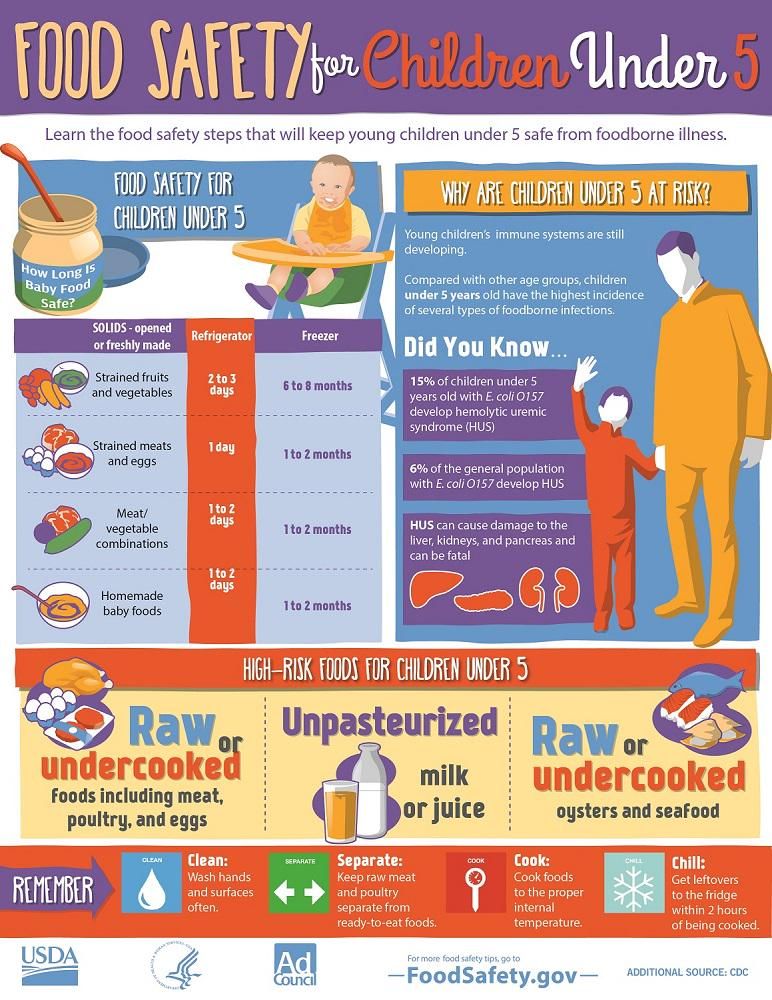 Chime in below in the comments!
Chime in below in the comments!Prep Time 5 minutes
Cook Time 5 minutes
Total Time 10 minutes
Author Amy Palanjian
Cuisine American
Course Baby Food
Calories 124kcal
Servings 1
First Finger Foods (choose 1-3 per meal)
- ▢ 1 Scrambled egg (broken up into small pieces)
- ▢ 1/4 cup Roasted sweet potato, mashed and broken up into small pieces
- ▢ 1/4 cup Fresh raspberries (broken up into smaller pieces)
- ▢ 1/4 cup Oatmeal (cooked according to package directions and allowed to cool)
- ▢ 2 tbsp Tofu (diced and sauteed lightly or steamed)
- ▢ 2 tbsp ground beef, chicken, or turkey, broken up into small pieces or lightly mashed meatballs
- ▢ 2 tbsp shredded cheese or crumbled goat cheese
- ▢ 1/4 cup Mashed sweet potato (broken into little pieces)
- ▢ 1/4 cup Peanut butter puffs
Fruits and Veggies
- ▢ 1/4 cup mashed roasted sweet potato (broken up into small pieces)
- ▢ 1/4 cup warmed frozen peas
- ▢ 1/4 cup Roasted Zucchini
- ▢ 1/4 cup diced Roasted Sweet Potato or Butternut Squash
- ▢ 1/4 cup blueberries (cut in half or quarters)
- ▢ 1/4 cup raspberries (broken into small pieces)
- ▢ 1/4 cup banana slices (broken into small segments—they are less slippery this way versus slicing them)
- ▢ 2 tbsp avocado (diced and mashed slightly—be sure it's ripe and very soft)
Whole Grains and Carbohydrates
- ▢ 1 Spinach pancakes (moisten with applesauce or plain yogurt if needed; this recipe is particularly moist and great for babies)
- ▢ 1/4 cup Oatmeal (cooked according to package directions and allowed to cool)
- ▢ 1/4 cup Baby Puffs
- ▢ 1/4 cup Peanut Butter Puffs
- ▢ 1/4 cup fully cooked rice (it's easiest if it's in little clumps so baby can pick it up; this Coconut Rice or this Cheesy Rice are both good options)
- ▢ 1 Baby Banana Muffin
- ▢ 1/4 cup O cereal (soften in nondairy unsweetened milk or yogurt as needed)
- ▢ 1/4 cup Baked Oatmeal (diced or regular oatmeal broken into little pieces)
Dairy
- ▢ 2 tbsp Shredded cheese (such as mozzarella)
- ▢ 2 tbsp Tofu (diced and sauteed lightly or steamed)
- ▢ 2 tbsp flaked cooked wild salmon
- ▢ 1 lightly mashed meatballs
- ▢ 2 tbsp finely shredded chicken (we love this Butter Chicken to share with baby)
- ▢ 2 tbsp ground beef, turkey, or chicken (broken into smaller pieces)
- ▢ 2 tbsp lightly mashed beans
- ▢ 1 Scrambled egg (broken up into small pieces)
- ▢ 1 Diced Egg muffins
For each meal or snack, choose 2-3 foods from a mix of food groups.
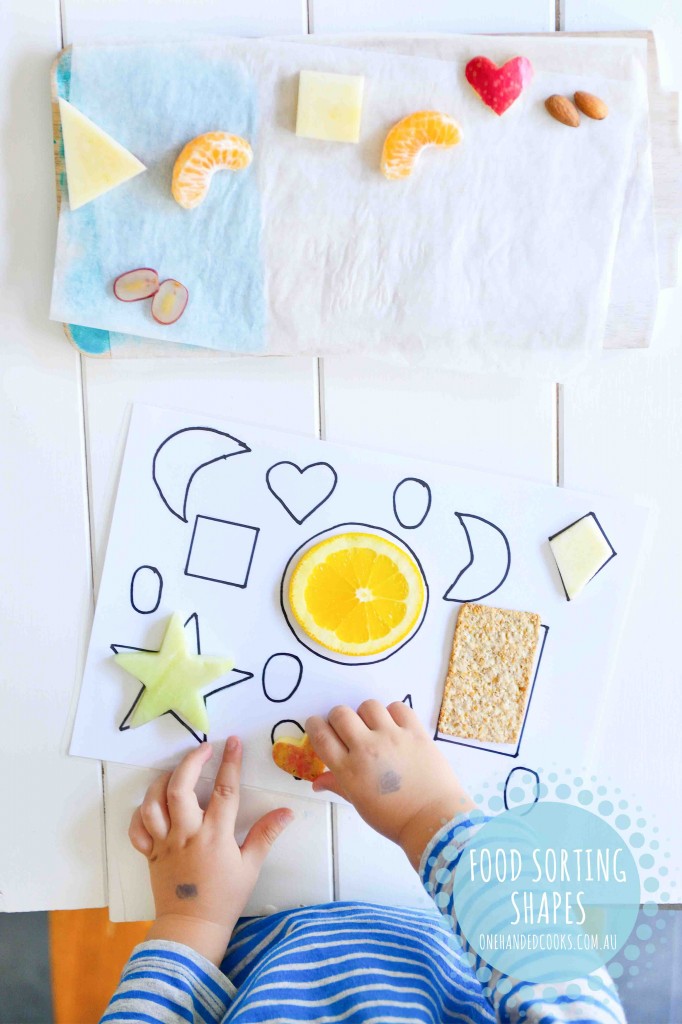 Aim to include some fat in most meals and protein in many too.
Aim to include some fat in most meals and protein in many too.Prepare the food, cutting into small pieces and/or mashing as needed to make the food easy to eat.
Start with small portions and allow more as baby indicates according to their hunger.
- Store leftovers in an airtight container for 3-5 days in the fridge.
- Many foods you cook for your family will work as baby finger foods—just be sure they are easy to squish between your fingers and the pieces are small and easy to chew.
- Babies very normally make a lot of faces when they eat, so don't assume they don't like something just because they scrunch their nose!
- Flavors and textures can take time to learn to eat, so continue offering foods in small portions even if baby hasn't liked them in the past—and make sure they taste good to you!
Calories: 124kcal, Carbohydrates: 14g, Protein: 7g, Fat: 4g, Saturated Fat: 1g, Polyunsaturated Fat: 1g, Monounsaturated Fat: 2g, Trans Fat: 1g, Cholesterol: 164mg, Sodium: 81mg, Potassium: 344mg, Fiber: 4g, Sugar: 5g, Vitamin A: 9857IU, Vitamin C: 18mg, Calcium: 51mg, Iron: 1mg
Tried this recipe?Rate in the comments and tag @yummytoddlerfood on IG!
Is it possible to take baby food in hand luggage on the plane
Traveling with children should be comfortable. Therefore, it is necessary to prepare for a flight on an airplane with a child.
Therefore, it is necessary to prepare for a flight on an airplane with a child.
The baby will not be able to do without regular meals for a long time. In order for the baby to be able to eat on time, you need to put the usual food with you.
Transportation regulations allow you to take baby food in your hand luggage on the plane, but the requirements of different airlines are different. There is a single rule for all air carriers: baby food should not be more than the child needs for the flight.
What kind of baby food can be taken on a plane in hand luggage
First of all, it should be the usual food for a child, depending on age. For small crumbs - these are milk mixtures, vegetable or fruit puree. For an older baby, the main meal is taken for a quick snack - fruits and cookies, as well as drinks.
In any case, the amount of baby food allowed in hand luggage is sufficient for the baby's flight. No airline will allow you to carry food for several days in your hand luggage.
How much liquid baby food can be taken on a flight? The rules for transporting food for children are more loyal. It is often allowed to transport liquid food for crumbs with a volume of more than 100 ml. However, this issue is usually decided on an individual basis.
Baby food in hand luggage: rules of Russian airlines
In accordance with the rules in force on the territory of the Russian Federation, you can take as much baby food as hand luggage on an airplane as necessary for a comfortable flight of children. Many Russian air carriers do not limit parents to liquid baby food up to 100 ml in one container. However, you should take reasonable amounts of food for children with you. For convenience, carefully pack liquid nutrition in plastic containers to prevent leakage.
Thus, S7 Airlines writes on the official website: “Parents can take food for their child on board without any fear. There are no hard limits on volume or content.” But Pobeda, when traveling with a child, allows you to take food and drinks with you, but each container should not exceed 100 ml.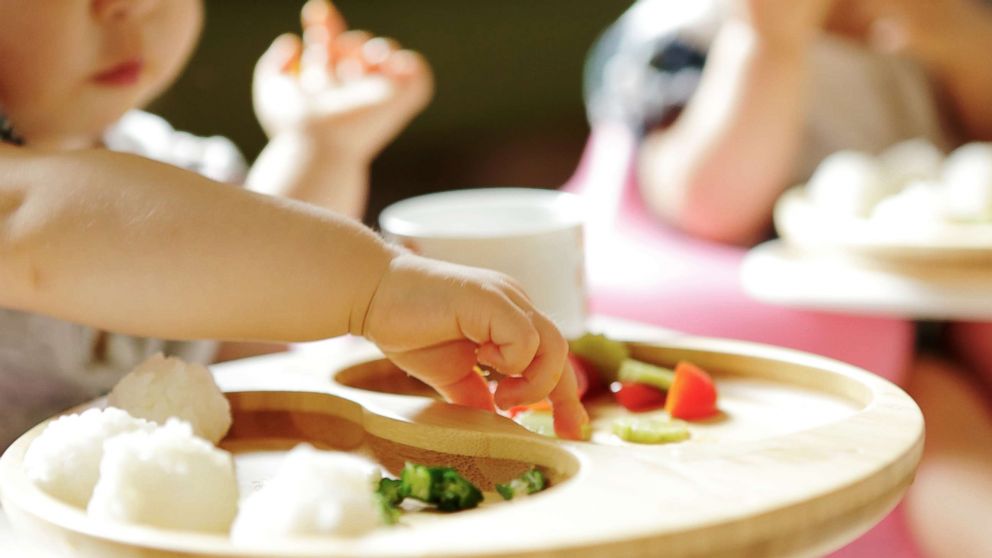
For older children on long flights, the airline can order a special children's menu. The order must be made at the stage of booking tickets. For example, Aeroflot will offer fruits, vegetables, various pastries and drinks for children to eat. The children's menu is distinguished by the absence of hot dishes.
Regulations for carrying baby food in other countries
On international flights, you can also put baby food in your hand luggage, but the rules for transporting it will be stricter. A set of products for a child depends on the duration of the flight and is usually limited to three servings.
Liquid food must be packed in plastic containers with a volume of up to 100 ml and no more than 1 liter per person. The rules provide for the packaging of each container in an individual transparent plastic bag. Containers should be tightly closed.
For children over 2 years of age, the shipping rates for baby food vary. Products are stored in containers with a volume of not more than 100 ml.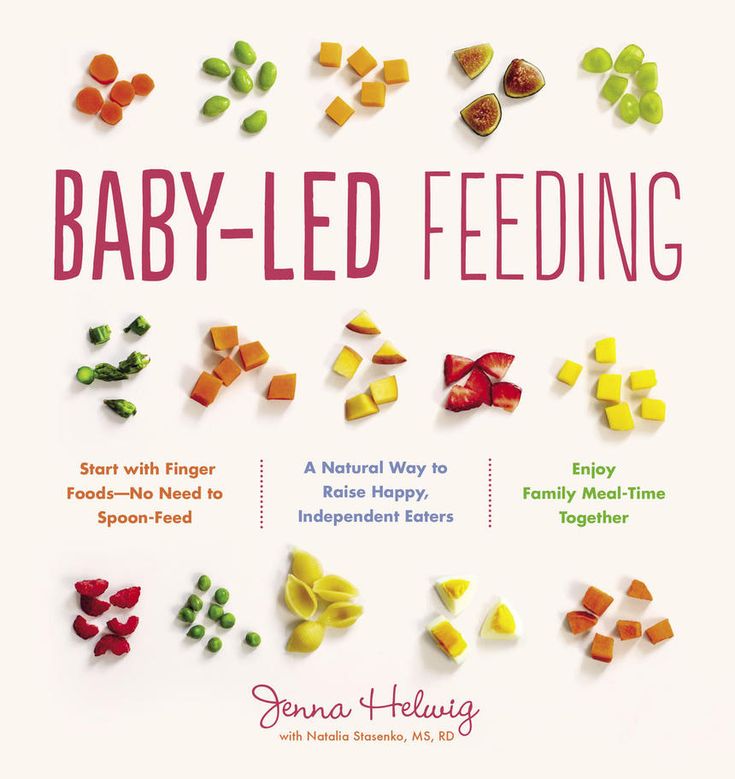 Each container must be signed and packed in a separate transparent bag.
Each container must be signed and packed in a separate transparent bag.
It should be noted that for children over two years old on international flights, many airlines provide a special children's menu free of charge. So, Swiss Air, Air France offer for kids vegetable salads, cereals, yogurt, fruits, or something more substantial, for example, chicken nuggets with a side dish. In order for the baby to be provided with food, it must be ordered in advance, at least 36 hours before departure.
In a nutshell…
We think you no longer have questions about whether you can take baby food as hand luggage on the plane. However, a brief summary of the above.
Our Luggage recommends. When placing baby food in hand luggage on an airplane, follow a few general rules:
- The food must not be perishable. It is better to take infant formula in dry form and dilute it on the plane, after asking the flight attendant for warm water.
- All containers, including puree jars, must be properly packaged.
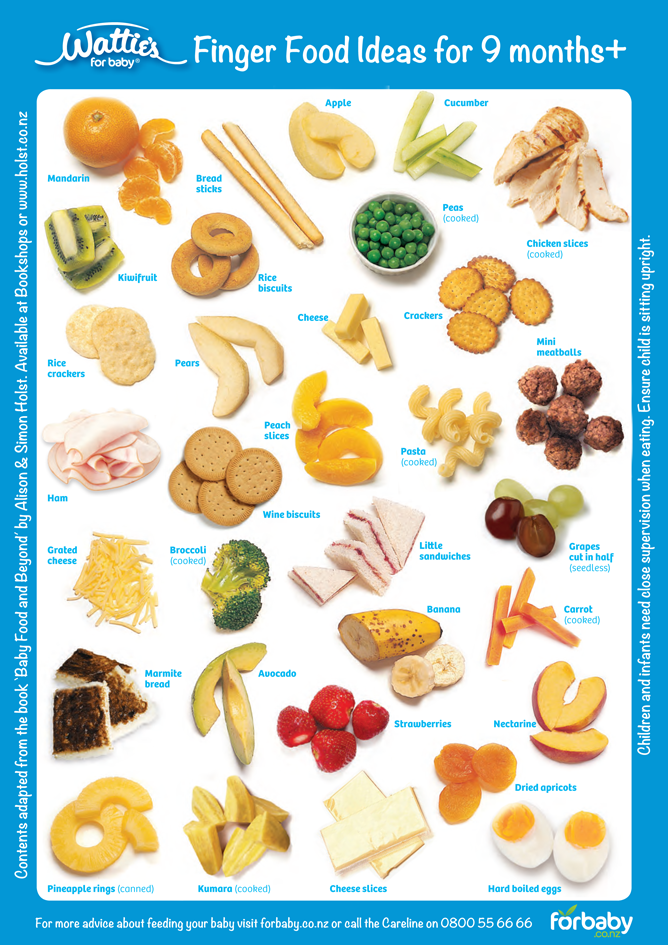
- Liquid baby food must not exceed one litre.
By following these simple rules, you can travel with your children to different countries without feeling any discomfort.
Photo: focusedcollection.com
| Our Luggage recommends! Websites that help us travel: |
|---|
| Find cheap flights: Aviasales.ru or Yandex Travel Find hotels: Ostrovok.Ru and Hotellook.com |
Baby food on board, or how not to leave your child hungry on the plane
Many families indulge in the pleasure of traveling with their children. If you are going to fly on a plane with a small child, you need to properly prepare for the flight, because the baby needs regular and nutritious food.
The question often arises: is it possible to take baby food on the plane, will it be taken away during the pre-flight inspection, is the menu offered by airlines suitable for a child?
Our article will tell you how to get ready for the journey so that your child is not hungry on the plane.
Contents
- What can I take on the plane?
- How much food should I take?
- Hand luggage weight
- Children's menu on board
- How to transport canned food and drinks?
What can I take from baby food on a plane?
First of all, let's determine that is allowed to take baby food in hand luggage.
It is necessary to prepare food for the child if you have transfers and a long journey from the airport to your destination, as well as if you are flying on a low-cost airline (low-cost) airline. So, for a child, you can take:
- baby food jars, drinks, milk formula;
- suitable snack foods: fresh and dried fruits, nuts, crackers, corn sticks;
- basic food (needed while waiting for a transfer or when flying with a low-cost airline): it is advisable to take such food that the child is used to and which is convenient to eat in "marching" conditions, without cutlery;
- sour-milk drinks or products (with climate change, it is important for children to get such food).

When planning to take food with you, calculate the amount based on the fact that airlines also offer baby food (see below).
Perishable food must be transported in a cooler bag. However, we remind you that for the safety of air travel , most of the items are checked in baggage before boarding the plane.
What if you need to take baby food with you not only for the duration of the flight, but also for the entire holiday?
If food is in a cardboard or metal package, then it will not be damaged in luggage, but if you have to carry mashed potatoes in glass jars or sour-milk products that need to be stored in the refrigerator, then it is clear that you cannot check them in luggage - fragile packaging can simply break .
You will most likely be asked to pack the food jars separately and hand them in at the front desk. They will not be transported in the baggage compartment, but directly in the cabin, and you will be given them before leaving the aircraft.
How much baby food should I take with me?
The need to carry a large supply of jars with you (for the entire holiday period) may arise if the baby has allergies and other food simply does not suit him, or if you go, for example, to resorts Egypt or Thailand , whose hotels are often remote from supermarkets and it will be difficult to quickly purchase baby food.
In this case, we recommend that you call the carrier in advance and consult about the possibility of carrying a certain amount of food in the cabin, in addition to hand luggage.
Usually, in such a situation, the airlines meet halfway and do not refuse the request.
If you are planning a vacation in European resorts (for example, at Austria, Germany, Bulgaria and others) or your vacation is associated with visiting large cities ( Vienna, Munich, Prague and others), then you should not worry about the stock of baby food: you can buy it at any time in a nearby supermarket or pharmacy.
What additional questions should I ask the air carrier during travel planning before arriving at the airport?
How much hand luggage can I take on a plane?
The weight of carry-on luggage varies between companies. Usually it ranges from 5 to 10 kg per person. When flying in business class, hand luggage can carry much more weight than in economy class.
If you are flying on a low-cost airline, you should definitely find out from the carrier whether hand luggage is included in the ticket price - some budget companies take separate, very significant money for carrying hand luggage.
Traveling with a child by plane:
What are the best places to choose on an airplane if you are flying with children
Good news: many major Russian carriers offer this service for free, regardless of flight class.
Children's menus can be ordered free of charge on all long-haul flights of the German airline Lufthansa and on some European flights when booking tickets, or by calling the Lufthansa Service Center no later than 24 hours before the departure of your aircraft.
The airline's children's menu is designed by renowned chef Stefan Marquard. Food for children is a topic close to the heart of this master, who is the author of a children's cookbook. With his out-of-the-ordinary ideas and fun recipes, he excelled in creating dishes that were both healthy and appealing to children.
On the other hand, there is a limited amount of baby food for babies under 2 years of age on board every Austrian Airlines flight . Pre-order is not necessary - just ask the flight attendants.
The Ukrainian airline UIA also offers meals for children (from 2 to 10 years old) on its flights, the need for which must be provided at least 50 hours before the scheduled flight departure. This service has recently been paid, the children's menu will cost parents 8 euros.
Aeroflot and Rossiya have baby food and baby food (soft chewable food for children from 2 years old and portioned milk and baby food in assortment (Aeroflot) or puree in jars (“Russia”) for children under 2 years old
Special meals must be ordered no later than 36 hours before departure.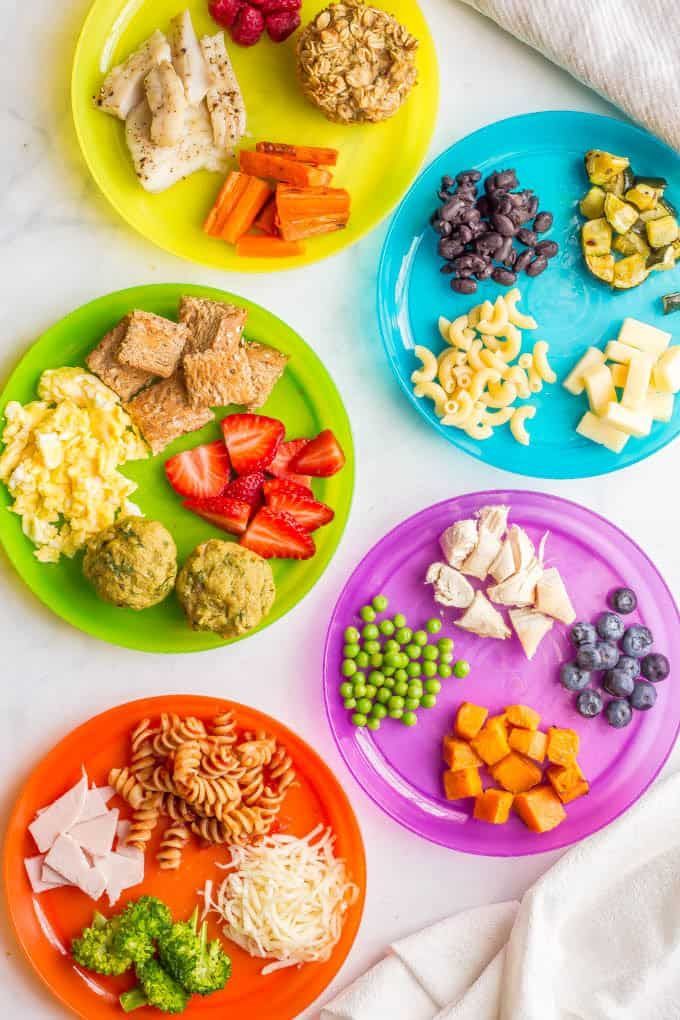 One important nuance: ordering special meals on flights of Aeroflot PJSC in Economy class is provided on flights over 3 hours, in JSC "Rossiya Airlines" it is possible in Economy class on flights lasting more than 4 hours, in Business class - on flights lasting more than 1
One important nuance: ordering special meals on flights of Aeroflot PJSC in Economy class is provided on flights over 3 hours, in JSC "Rossiya Airlines" it is possible in Economy class on flights lasting more than 4 hours, in Business class - on flights lasting more than 1
Ural Airlines is ready to provide baby food if ordered at least 24 hours before departure.0003
The Turkish airline Turkish Airlines also always takes care of its young passengers. A set of baby food is served in a colorful design with a toy. Usually the menu includes a salad, a second course (potatoes and meatballs), sweet pudding. Drinks to choose from: tea, ayran, juices, water.
You can make an order for special meals (any) in advance, at least 24 hours before the departure of your flight, by phone at the call center or the nearest office of the airline.
For reference. Nutrition codes: infant (for children under two years old) - BBML, children's (for children from two years old) - CHML.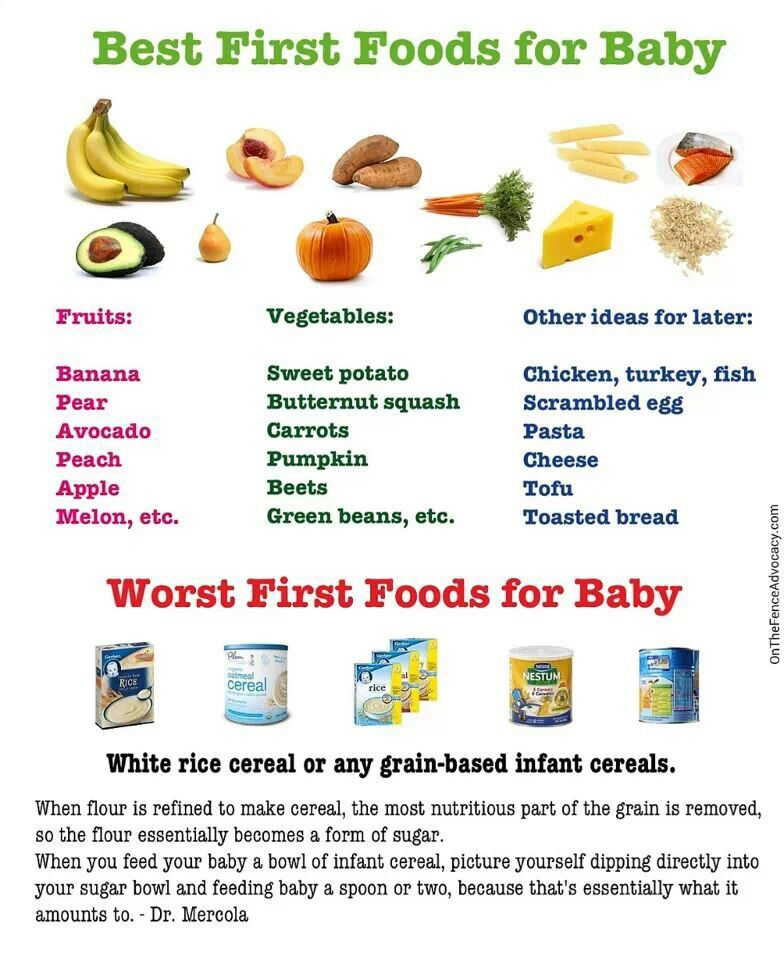
How to transport canned food and baby drinks?
The rules for conducting a pre-flight screening in force in the Russian Federation contain a list of items that are allowed to be carried in hand luggage subject to special requirements.
This list includes: mercury medical thermometer, liquids in containers up to 100 ml with a total volume of up to 1 liter (they must be packed in a separate transparent plastic bag), medicines, special dietary needs, baby food, including mother's milk, in the amount required for the entire duration of the flight.
In order to avoid a conflict at the airport during the screening over the number of jars of baby food required for the flight, it is advisable to agree on the procedure for their transportation in advance.
We also recommend purchasing special baby water to avoid disputes about whether it is liquid or baby food.
In conclusion, I would like to note that sometimes airlines publish on their websites far from the entire list of services that they provide to passengers with children.